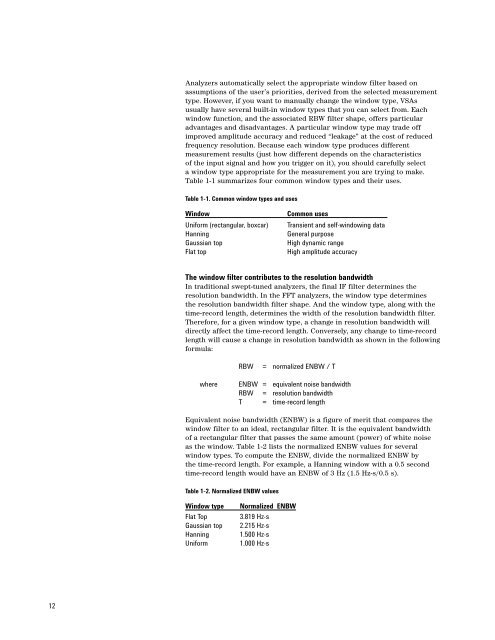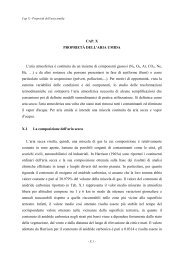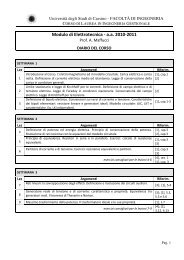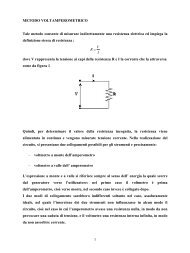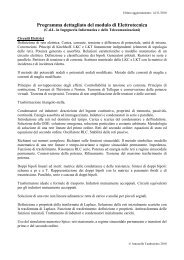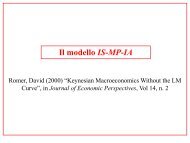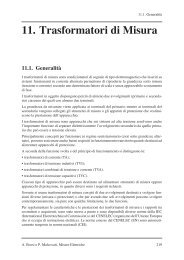Agilent Vector Signal Analysis Basics - Agilent Technologies
Agilent Vector Signal Analysis Basics - Agilent Technologies
Agilent Vector Signal Analysis Basics - Agilent Technologies
Create successful ePaper yourself
Turn your PDF publications into a flip-book with our unique Google optimized e-Paper software.
Analyzers automatically select the appropriate window filter based on<br />
assumptions of the user’s priorities, derived from the selected measurement<br />
type. However, if you want to manually change the window type, VSAs<br />
usually have several built-in window types that you can select from. Each<br />
window function, and the associated RBW filter shape, offers particular<br />
advantages and disadvantages. A particular window type may trade off<br />
improved amplitude accuracy and reduced “leakage” at the cost of reduced<br />
frequency resolution. Because each window type produces different<br />
measurement results (just how different depends on the characteristics<br />
of the input signal and how you trigger on it), you should carefully select<br />
a window type appropriate for the measurement you are trying to make.<br />
Table 1-1 summarizes four common window types and their uses.<br />
Table 1-1. Common window types and uses<br />
Window<br />
Uniform (rectangular, boxcar)<br />
Hanning<br />
Gaussian top<br />
Flat top<br />
Common uses<br />
Transient and self-windowing data<br />
General purpose<br />
High dynamic range<br />
High amplitude accuracy<br />
The window filter contributes to the resolution bandwidth<br />
In traditional swept-tuned analyzers, the final IF filter determines the<br />
resolution bandwidth. In the FFT analyzers, the window type determines<br />
the resolution bandwidth filter shape. And the window type, along with the<br />
time-record length, determines the width of the resolution bandwidth filter.<br />
Therefore, for a given window type, a change in resolution bandwidth will<br />
directly affect the time-record length. Conversely, any change to time-record<br />
length will cause a change in resolution bandwidth as shown in the following<br />
formula:<br />
RBW<br />
= normalized ENBW / T<br />
where<br />
ENBW = equivalent noise bandwidth<br />
RBW = resolution bandwidth<br />
T = time-record length<br />
Equivalent noise bandwidth (ENBW) is a figure of merit that compares the<br />
window filter to an ideal, rectangular filter. It is the equivalent bandwidth<br />
of a rectangular filter that passes the same amount (power) of white noise<br />
as the window. Table 1-2 lists the normalized ENBW values for several<br />
window types. To compute the ENBW, divide the normalized ENBW by<br />
the time-record length. For example, a Hanning window with a 0.5 second<br />
time-record length would have an ENBW of 3 Hz (1.5 Hz-s/0.5 s).<br />
Table 1-2. Normalized ENBW values<br />
Window type<br />
Flat Top<br />
Gaussian top<br />
Hanning<br />
Uniform<br />
Normalized ENBW<br />
3.819 Hz-s<br />
2.215 Hz-s<br />
1.500 Hz-s<br />
1.000 Hz-s<br />
12


